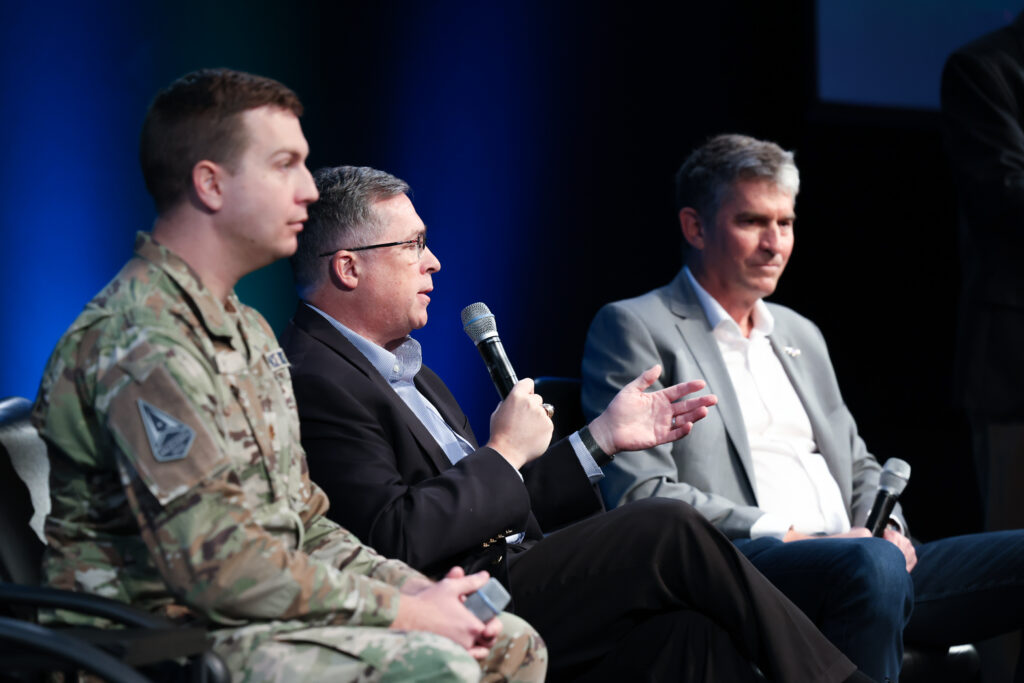By Chris Forrester

“Everything starts with spaceports,” said Chris Quilty of Quilty Space and who was the moderator of the MilSat Symposium’s session on future spaceport activity.
Lloyd Damp, the CEO of Australia’s Southern Launch facilities and who updated delegates to the progress made on Australia’s two pioneer spaceports but he was stuck in Adelade for a major event. He was helped on the panel by John Leslie (the Trade & Investment Director, Space & Defence North America for the Australian Trade & Investment Commission).
Leslie said Australia was near-perfect in that its East coast was beneficial for launches and helped with sparse populations and little aircraft and maritime activity, or RF traffic. “However, the challenges are huge. For the US to be happy to use our Australian facilities we had to have in place suitable regulatory approvals as well as technical facilities prepared. The regulatory negotiations started in 2018.”
Mr Quilty said there were a huge number of new launch sites being developed around the world. “But location is key,” said Quilty, who said he doubted whether all of them would be commercially successful.
Mark Lester CEO, Pantigo Lester, said that new spaceports needed common infrastructures in place. There needed to be permissions in place and not least confidence in a spaceport’s ability to take good care of a ‘foreign’, ie US rocket and satellite asset. “It is probably fair to say that wherever you launch from you still need an FAA license to be in place, and better to have been an established dialogue between the new spaceport and its regulators in order to manage risk as well as to provide the obvious benefits for possible speed to launch.” He said there are inevitable logistics costs, and in getting your essential commodities to a new launch site.
Nate Gapp, Program Manager & Global Partnerships Lead, Defense Innovation Unit, Space Portfolio said establishing new launch sites was a major, major effort despite the logic of the diversification. Working with our allies helps hugely.
